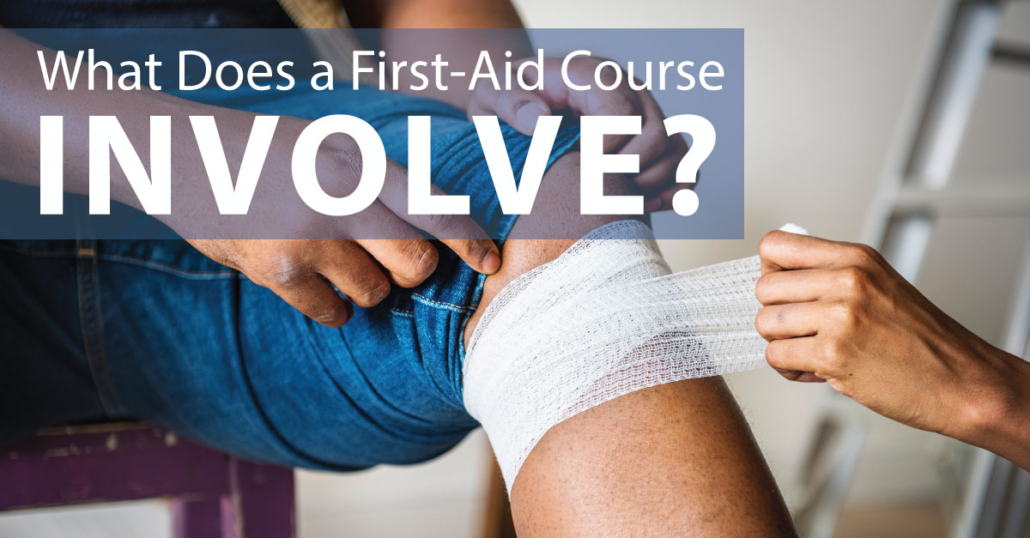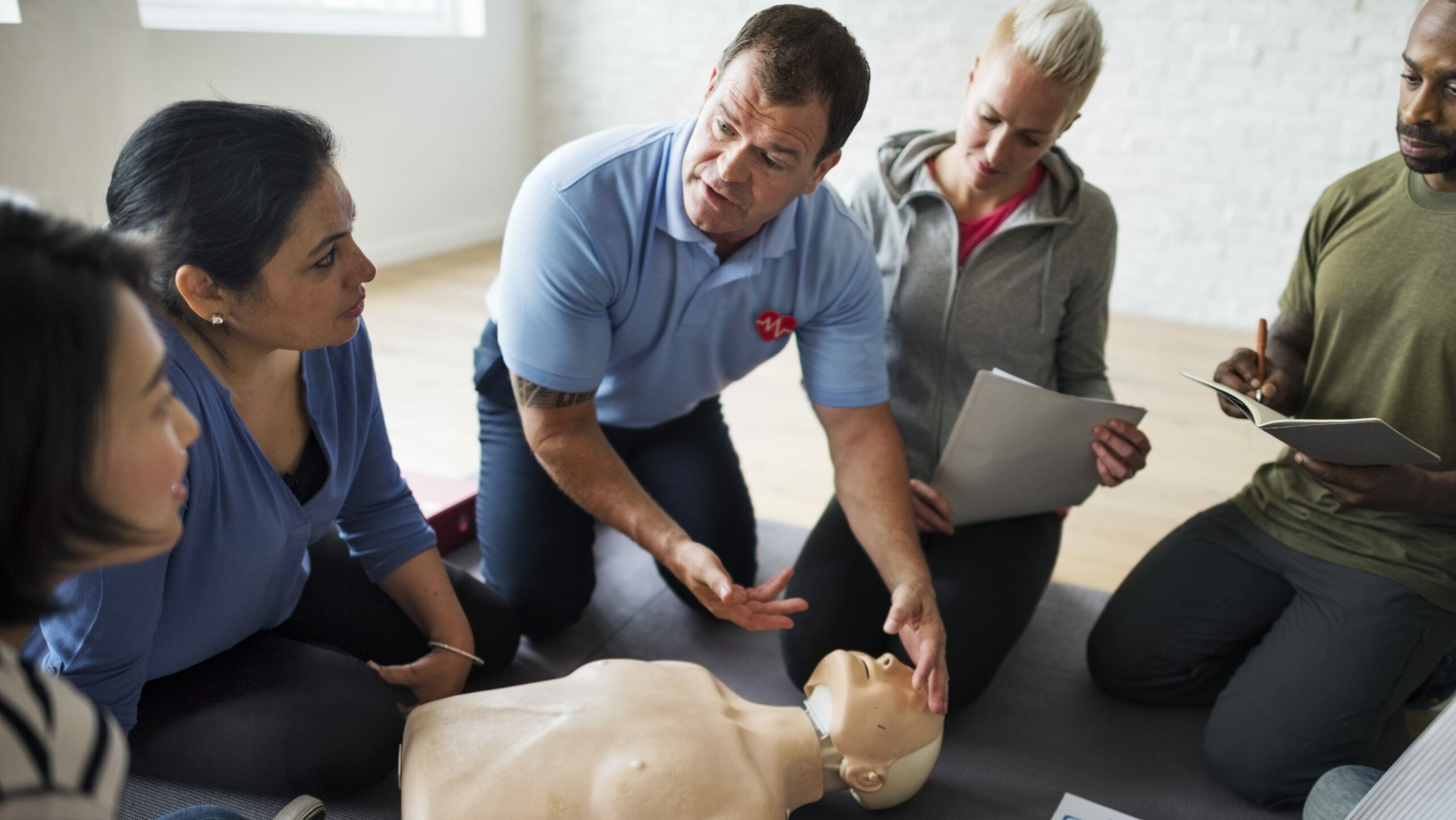Introduction
In a globe where crashes can happen anytime, understanding just how to react properly can be the difference in between life and fatality. Cardiopulmonary resuscitation (MOUTH-TO-MOUTH RESUSCITATION) is a vital skill that every person ought to consider learning. Yet with so many choices available, navigating the globe of mouth-to-mouth resuscitation training courses can feel overwhelming. So, which one is ideal for you? This article intends to lead you through the various mouth-to-mouth resuscitation programs offered, aiding you pick the very best suitable for your needs.
Understanding mouth-to-mouth resuscitation and Its Importance
What is CPR?
Cardiopulmonary resuscitation (MOUTH-TO-MOUTH RESUSCITATION) is an emergency procedure done on individuals whose heart has stopped beating or who have ceased breathing. It involves upper body compressions and rescue breaths to preserve blood circulation and oxygenation till advanced medical aid arrives.
Why is mouth-to-mouth resuscitation Important?
The significance of CPR can not be overstated. Data reveal that instant mouth-to-mouth resuscitation can double or perhaps triple a target's opportunities of survival after cardiac arrest. Understanding mouth-to-mouth resuscitation not just outfits you with the skills to conserve lives but additionally boosts your confidence in emergency situations.
When Ought to You Use CPR?
CPR ought to be initiated when a person is less competent, not breathing generally, or showing signs of severe distress. Being able to determine these scenarios swiftly can save valuable minutes.
Navigating the Globe of Mouth-to-mouth Resuscitation Courses: Kinds Available
Basic Life Assistance (BLS) Courses
What is BLS?
BLS programs are created for doctor and experts that need to preserve qualification in fundamental life assistance methods. These training courses cover necessary abilities such as top notch upper body compressions, respiratory tract monitoring, and utilizing an Automated External Defibrillator (AED).
Who Ought to Take BLS Courses?
If you're a medical care worker, caregiver, or someone looking to improve their medical knowledge, a BLS training course might be ideal for CPR Course Canberra you.
Heartsaver ® CPR/AED Courses
What are Heartsaver ® Courses?
The Heartsaver ® program supplies training courses customized for laypersons. It concentrates on grownup, child, and baby CPR techniques together with AED usage.

Who Must Consider Heartsaver ® Courses?
These programs are ideal for educators, trainers, moms and dads, and any individual responsible for others' security that might need to act in an emergency situation situation.
First Aid Program vs. First Aid and CPR Course
What Does an Emergency treatment Course Cover?
A first aid course commonly covers the fundamentals of treating injuries such as cuts, burns, cracks, and choking cases without focusing on resuscitation methods.
Why Combine First Aid with CPR Training?
Combining first aid training with a mouth-to-mouth resuscitation course equips you with extensive emergency action skills. By comprehending both emergency treatment and resuscitation strategies, you'll be much better prepared to manage various emergencies.
Advanced Heart Life Support (ACLS)
What is ACLS Training?
ACLS training surpasses fundamental life assistance by including innovative medical skills like carrying out medicines and managing respiratory system failure.
Who Needs ACLS Certification?
ACLS accreditation is frequently required for health care professionals working in essential treatment setups such as hospitals or emergency situation rooms.
Choosing the Right Training course for You: Factors to Consider
Your Degree of Experience
Before joining in any kind of course, assess your existing degree of expertise regarding emergency treatment and CPR strategies. Beginners may gain from starter programs like Heartsaver ®, while knowledgeable people may choose more intensive training like BLS or ACLS.
Your Responsibilities
Consider your duty in your area or office. If you are accountable for others' security-- like a train or instructor-- you may wish to invest time in thorough first aid and mouth-to-mouth resuscitation training.
Course Style: In-Person vs. Online Options
In-Person Training Advantages
- Hands-on experience Immediate comments from instructors Networking opportunities
Online Training Advantages
- Flexibility Convenience Often less expensive
Understanding Qualification: What You Required to Know
Duration of Certifications
Most accreditations last in between 2 to 3 years prior to requiring renewal; however, this varies by organization.
Recognized Organizations Offering Certification
Several organizations supply reliable accreditation programs:
- American Heart Organization (AHA) Red Cross National Safety and security Council (NSC)
Finding High quality Training Providers
Researching Local Options
Look into regional health centers or recreation center supplying emergency treatment programs to locate hassle-free alternatives near you.
Online Resources
Many companies supply online training modules that supply accreditation upon completion-- a superb choice if time restrictions are an issue.
Costs Connected with Different Courses
|Training course Kind|Average Expense|| ---------------------|----------------|| Basic Life Support|$100 - $150|| Heartsaver ®|$50 - $80|| First Aid Just|$60 - $100|| ACLS|$200 - $300|

How to Get ready for Your Course
Pre-Course Recommendations
Before attending course:
Review any given materials. Wear comfortable clothing. Bring any kind of needed products noted by your instructor.What Happens After Completion?
After effectively completing your picked training course:
You'll obtain an accreditation card. Keep it upgraded according to your company's guidelines. Apply what you have actually learned consistently via practice if possible!Common Misconceptions About First Aid and CPR Training
Misconception 1: Only Health Care Professionals Need This Training
This might not be additionally from the reality! Every person can gain from recognizing exactly how to administer first aid or do CPR!
Misconception 2: I'll Never ever Have To Use It
Emergency circumstances arise all of a sudden; being prepared is always wise!
FAQs About First Aid Certificates & Courses
How long does it require to finish a normal emergency treatment course? Most emergency treatment programs take around 4 hours yet can differ relying on web content depth.
Will I get a certificate after completing my course? Yes! The majority of trustworthy organizations offer certifications upon effective completion.
How frequently do I require to restore my certification? Commonly every two years; check with your certifying organization.
Can I take these training courses online? Definitely! Several organizations provide on-line options enabling flexibility.
Are there age needs for taking these courses? Usually no age restriction exists; however, adult approval might be needed under certain circumstances.
Do employers require workers to have these certifications? Lots of employers do favor employee trained in very first aid/CPR-- it shows dedication towards work environment safety!
Conclusion: Your Journey Starts Now!
With numerous alternatives readily available when it comes down choosing which training course suits best-- whether it's Standard Life Support (BLS), Heartsaver ®, Advanced Heart Life Assistance (ACLS), and even simply basic Emergency treatment-- the essential takeaway stays clear: Taking proactive actions in the direction of improving your data base around first aid & & cardiopulmonary resuscitation will eventually empower YOU! By spending time right into browsing the globe of mouth-to-mouth resuscitation programs responsibly today guarantees readiness tomorrow-- since every 2nd counts during emergencies!
